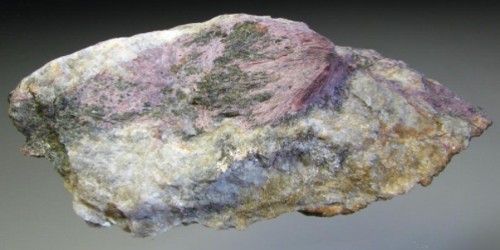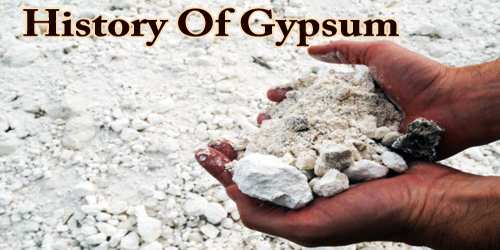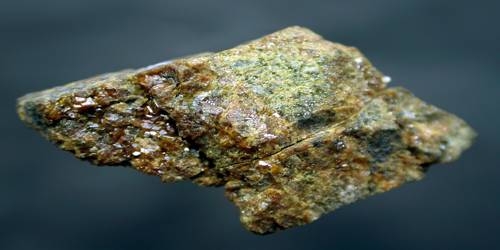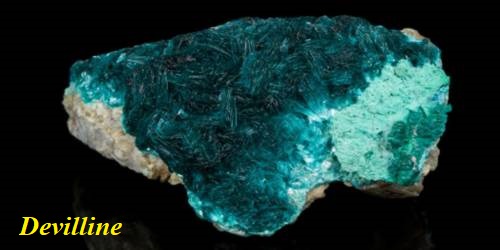Fluoborite has a chemical formula of Mg3(BO3)(F, OH)3. Fluoborite having a hexagonal crystal system was first described in 1926 from the Huerta del Vinagre mine, Spain. It was named for its essential components fluorine and boron. It was first described in 1926.
Fluoborite’s crystal system is hexagonal, meaning it has one six-fold axis of rotation. It also has a mirror plane perpendicular to the c-axis. Fluoborite is uniaxial, just like all other hexagonal minerals. Uniaxial means it has only one optic axis. It is anisotropic. Its relief is low, and it is birefringent.
General Information
- Category: Borate mineral
- Formula: Mg3(BO3)(F, OH)
- Crystal system: Hexagonal
- Crystal class: Dipyramidal (6/m)

Fig: Fluoborite
Properties
Fluoborite is a transparent, non-magnetic mineral having indistinct cleavage, vitreous luster and a white streak. This mineral is either colorless or occurs in colors of violet and white. It has fluorescent characteristic and occurs as needle-like, prismatic or stellate crystals. Fluoborite has a density of 2.89 g/cm3 and relative hardness of 3.5.
- Formula mass: 186.61 g/mol
- Color: Colorless to violet or white
- Crystal habit: Acicular, prismatic, stellate
- Mohs scale hardness: 3.5
- Luster: Vitreous to silky
- Streak: white
- Diaphaneity: Translucent to transparent
- Specific gravity: 2.98
- Optical properties: Uniaxial (-)
Occurrence
Fluoborite occurs as a rare hydrothermal mineral in skarns developed in metamorphosed boron-rich magnesian rocks. It occurs with mooreite, willemite, fluorite, hydrozincite, pyrochroite, zincite and rhodochrosite at Sterling Hill, New Jersey.
This mineral is closely associated with minerals like rhodochrosite, zincite, pyrochroite, hydrozincite, fluorite, willemite, mooreite, calcite, magnetite, chondrodite, and ludwigite.
Information Source:
















